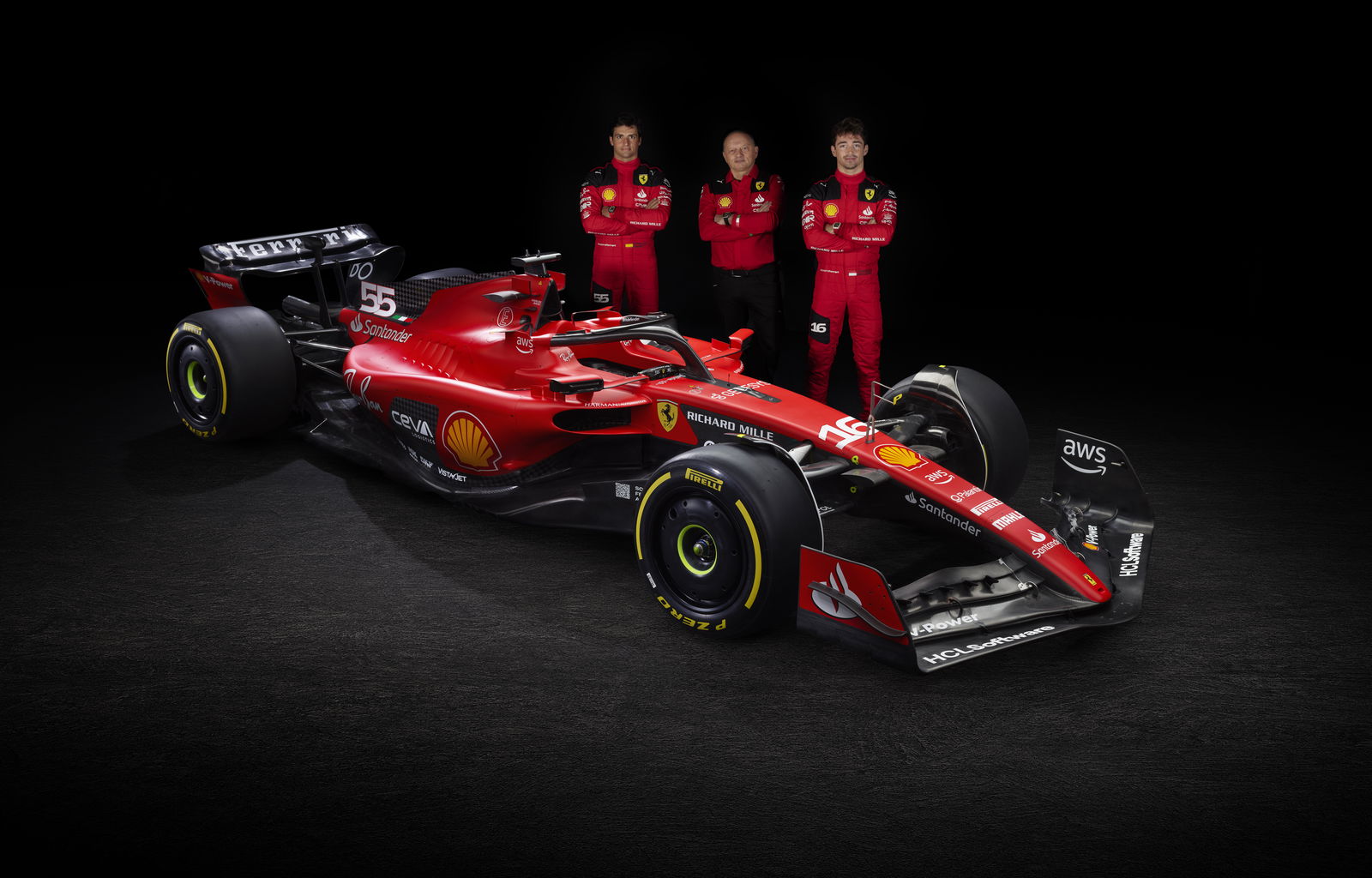Explained: Why Ferrari can run Mercedes’ banned front wing design in F1 2023

It’s been a busy week of F1 car launches with McLaren, Aston Martin, Ferrari and Mercedes all showing off their new cars.
While all teams are unlikely to reveal all of their new developments to the world just yet, there have been a number of key changes and trends across the grid so far.
One area of interest has been the front wing design of Ferrari’s SF-23.
Their new car’s front wing was fitted with front wing slot gap separators that were similar to what was seen on Mercedes’ version at last season’s United States Grand Prix.
Mercedes’ experimental new wing featured five enlarged slot gap separators, but was later asked to change it, which they did for Mexico.
Ferrari have gone down that design route, with a key change to the technical regulations allowing them to do so.
Mercedes’ design was banned because it was said to be against the spirit of the regulations as it was for aerodynamic purposes.

The FIA rules stated that the slot gap separates could only be used “primarily for mechanical, structural, or measurement reasons”.
However, in December the rule changed slightly, removing the word “primarily” to outline that they must only show a “structural connection” between consecutive front wing profiles.
Mercedes technical director Mike Elliott said at the end of last year: "I think there's a fuss about it, because in the regulations, it talks about the primary use being for mechanical or measurement purposes. And clearly, there's a secondary benefit of an aerodynamic design that's in there as well.
"We'll decide whether we want to argue that one or not. It's actually not worth a huge amount. That detail looks interesting, but it's not the big thing on the front wing."


